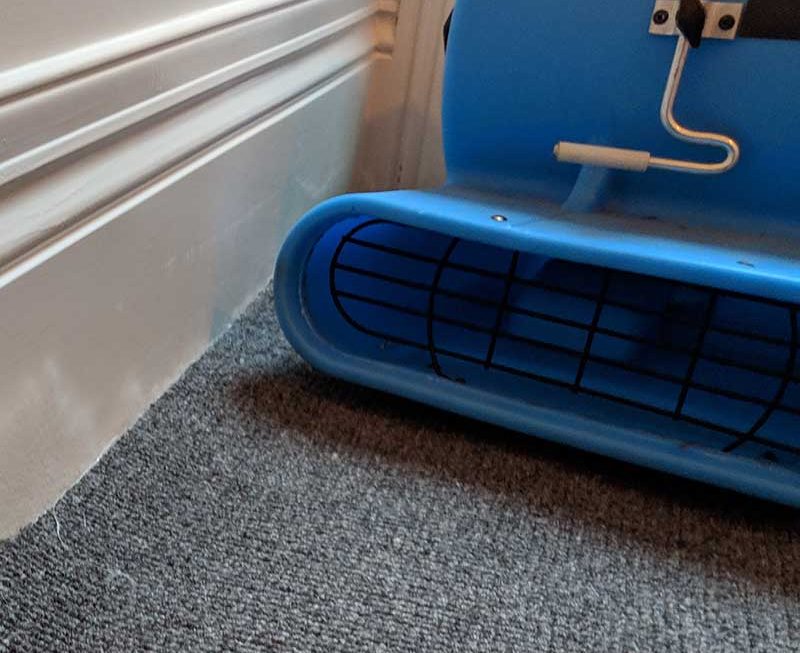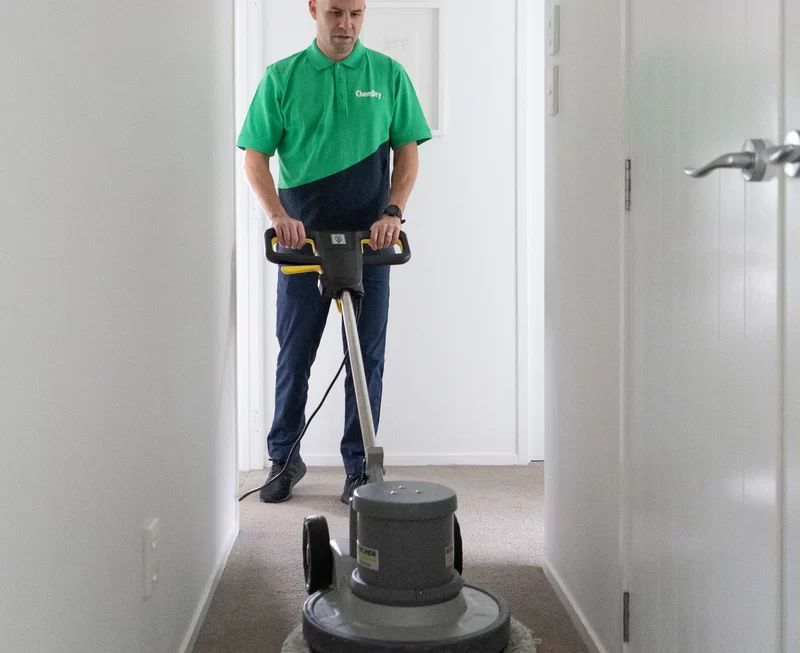So, you’ve spilled a drink, had a flood, or experienced heavy rain, and your carpet is now wet. A wet carpet can quickly become a breeding ground for mold and mildew, and it can also cause unpleasant odors. Fortunately, with the right steps and a bit of patience, you can dry your carpet quickly and effectively.
Act Fast
The sooner you start the drying process, the better. The longer the carpet remains wet, the more difficult it will be to dry and the greater the risk of damage.
- Remove Standing Water: If there’s standing water, use a wet/dry vacuum or a squeegee to remove as much as possible.
- Open Windows and Doors: Increase air circulation by opening windows and doors in the affected area.
Blot Excess Moisture
- Use Clean Towels: Lay down clean, absorbent towels on the wet area. Press down on the towels to absorb as much moisture as possible.
- Change Towels Frequently: As the towels become saturated, replace them with dry ones.

Use a Wet/Dry Vacuum
- Efficient Water Removal: A wet/dry vacuum is a powerful tool for removing excess water from carpets.
- Regularly Empty: Empty the vacuum’s tank frequently to prevent it from becoming overloaded.
Employ a Dehumidifier
- Speed Up Drying: A dehumidifier can significantly speed up the drying process by removing moisture from the air.
- Placement: Place the dehumidifier in the affected area and ensure it has unobstructed airflow.
Consider a Carpet Fan
- Increased Air Circulation: A carpet fan can help to circulate air and accelerate the drying process.
- Placement: Position the fan so it blows directly onto the wet area.

Remove Furniture
- Prevent Moisture Trapping: Move furniture away from the wet area to prevent moisture from becoming trapped underneath it.
- Clean Furniture: If the furniture has become wet, clean it thoroughly to prevent mold and mildew growth.
Check for Mold or Mildew
- Regular Inspections: Keep an eye out for signs of mold or mildew, such as discoloration or a musty odor.
- Professional Treatment: If you notice mold or mildew, it’s important to address it promptly. Consider hiring a professional cleaning service for a thorough treatment.
Remove any furniture or items on the carpet to aid in the drying process
Removing furniture and items from the wet carpet is a crucial step in the drying process. Here’s why:
- Improved Airflow: Removing furniture and items allows for better air circulation, which helps to speed up the evaporation of moisture.
- Reduced Moisture Trapping: Furniture and items can trap moisture, preventing the carpet from drying evenly. By removing them, you can help to eliminate these potential moisture traps.
- Damage Prevention: Wet furniture and items can become damaged or moldy if not dried promptly. Removing them can help to prevent further damage.
By removing furniture and items from the wet carpet, you can significantly improve the drying process and help to prevent further damage.

Air Out the Room
- Ventilation: Even after the carpet is dry, continue to air out the room to eliminate any lingering moisture or odors.
- Fresh Air: Open windows and doors periodically to allow fresh air to circulate.
Use a heater or air conditioner to help speed up the evaporation process
Heaters:
- Increased Air Temperature: Heaters can significantly increase the temperature in a room, accelerating the evaporation process.
- Fan Assistance: Combining a heater with a fan can help to circulate warm air and speed up drying.
- Caution: Be cautious when using heaters near wet carpets, as excessive heat can damage the carpet fibers or cause the moisture to become trapped underneath.
Air Conditioners:
- Dehumidification: Air conditioners can remove moisture from the air, helping to dry the carpet.
- Ventilation: Ensure the air conditioner is properly vented to allow for adequate airflow.
- Consider Humidity Settings: Adjust the humidity settings on your air conditioner to maximize its dehumidifying capabilities.
Important Considerations:
- Safety First: Always prioritize safety when using heaters or air conditioners. Follow manufacturer instructions and avoid placing them too close to flammable materials.
- Energy Efficiency: Be mindful of energy consumption when using heaters or air conditioners. Consider using them in short bursts or during off-peak hours to reduce costs.
- Professional Advice: If you’re unsure about using heaters or air conditioners for carpet drying, consult with a professional for guidance.
Additional Tips:
- Circulation: Ensure there is adequate airflow around the wet area. Open windows or doors if possible.
- Avoid Blocking Vents: Keep vents and air ducts clear to allow for optimal airflow.
- Monitor Progress: Regularly check the carpet for moisture and adjust your drying methods as needed.
By carefully considering the use of heaters or air conditioners and following these guidelines, you can help to speed up the carpet drying process while ensuring safety and energy efficiency.
Professional Help
- Severe Water Damage: If you’re dealing with severe water damage or a large area of wet carpet, it may be best to call a professional carpet cleaning service.
- Expert Equipment and Techniques: Professionals have the specialized equipment and expertise to dry carpets efficiently and effectively.
When to Call a Professional
When selecting a professional carpet cleaning service, consider the following factors:
- Experience: Look for a company with experience in water damage restoration and carpet cleaning.
- Certifications: Check if the company is certified by industry organizations, such as the Institute of Inspection Cleaning and Restoration Certification (IICRC).
- Insurance: Ensure the company is fully insured to protect you in case of any accidents or damage.
- Reviews: Read customer reviews and testimonials to get a sense of the company’s reputation.
- Emergency Services: If you need immediate assistance, choose a company that offers 24/7 emergency services.
By calling a professional carpet cleaning service when necessary, you can ensure that your wet carpet is dried properly, preventing further damage and maintaining a healthy indoor environment.
Additional Tips
- Avoid Walking on the Carpet: Walking on a wet carpet can damage the fibers and slow down the drying process.
- Check Carpet Padding: If the carpet padding has become saturated, it may need to be replaced to prevent mold and mildew growth.
- Prevent Future Water Damage: Take steps to prevent future water damage, such as fixing leaky pipes and addressing drainage issues.
Monitoring and Prevention
Once you’ve successfully dried your wet carpet, it’s important to monitor the situation and take preventative measures to avoid future water damage.
Preventative Measures
- Address Leaks Promptly: Repair any leaks in your plumbing system to prevent future water damage.
- Maintain Drainage Systems: Ensure that your gutters, downspouts, and drainage systems are functioning properly to divert water away from your home.
- Protect Against Flooding: If you live in an area prone to flooding, consider installing flood barriers or raising your carpet.
- Regular Maintenance: Have your HVAC system serviced regularly to ensure it’s operating efficiently and helping to maintain proper humidity levels.
- Preventative Carpet Treatments: Some carpet manufacturers offer water-resistant or stain-resistant treatments that can help protect your carpet from future damage.
Additional Tips
- Vacuum Regularly: Regular vacuuming can help to remove dirt and debris that can trap moisture.
- Avoid Over-Watering Plants: If you have houseplants near your carpet, be careful not to over-water them.
- Use Mats or Rugs: Place mats or rugs in high-traffic areas to help protect your carpet from spills and stains.
By following these monitoring and prevention tips, you can help to ensure that your carpet remains dry and healthy for years to come.
Drying a wet carpet quickly is essential to prevent damage and maintain a healthy indoor environment. By following these steps and using the appropriate tools, you can effectively eliminate moisture and restore your carpet to its original condition. Remember, if you’re unsure or dealing with a severe water damage situation, it’s always a good idea to seek professional help.



